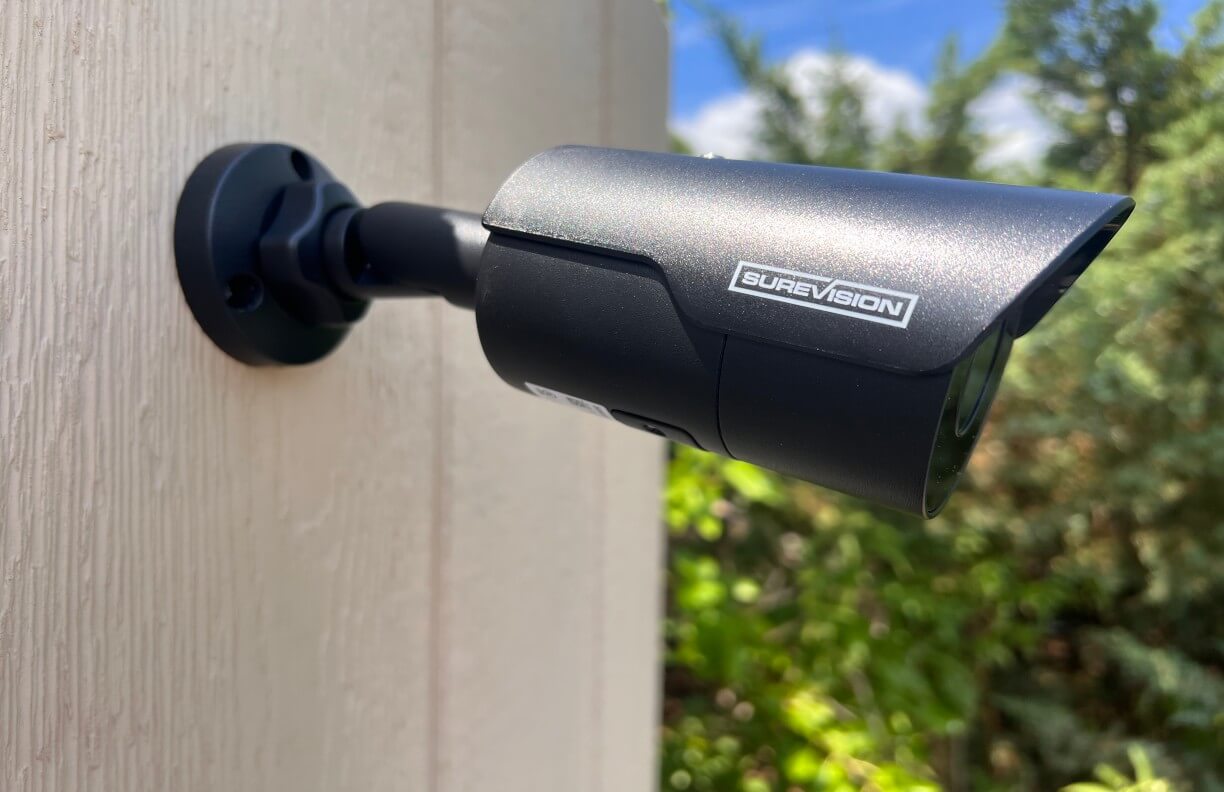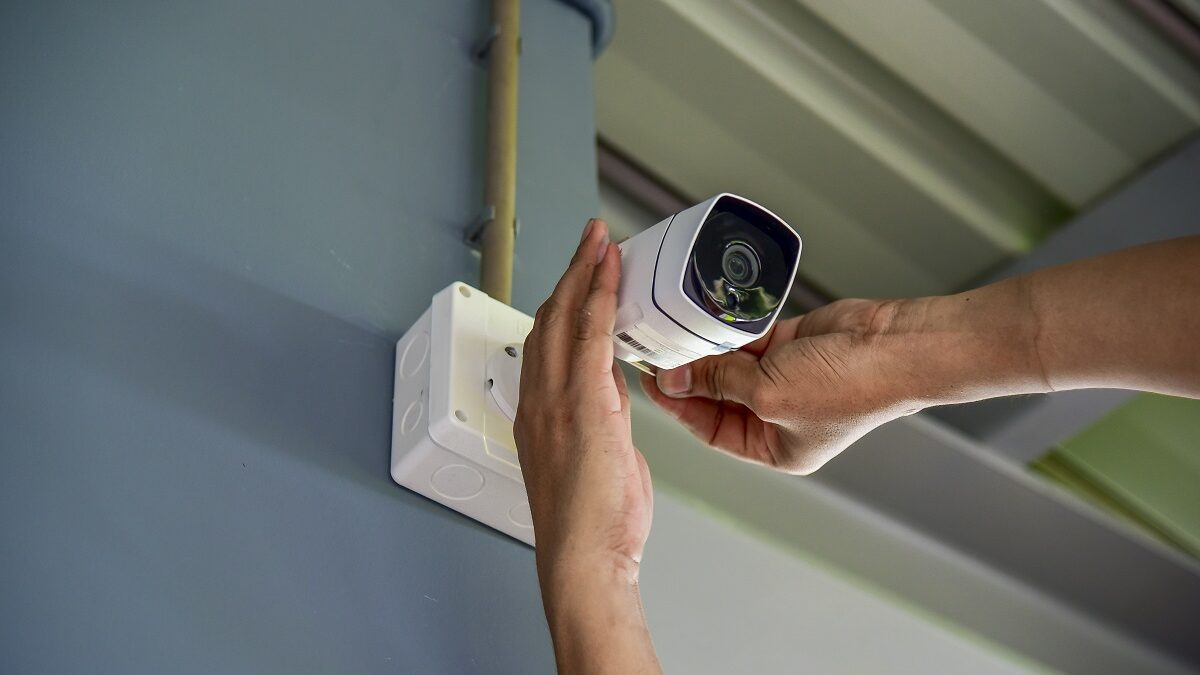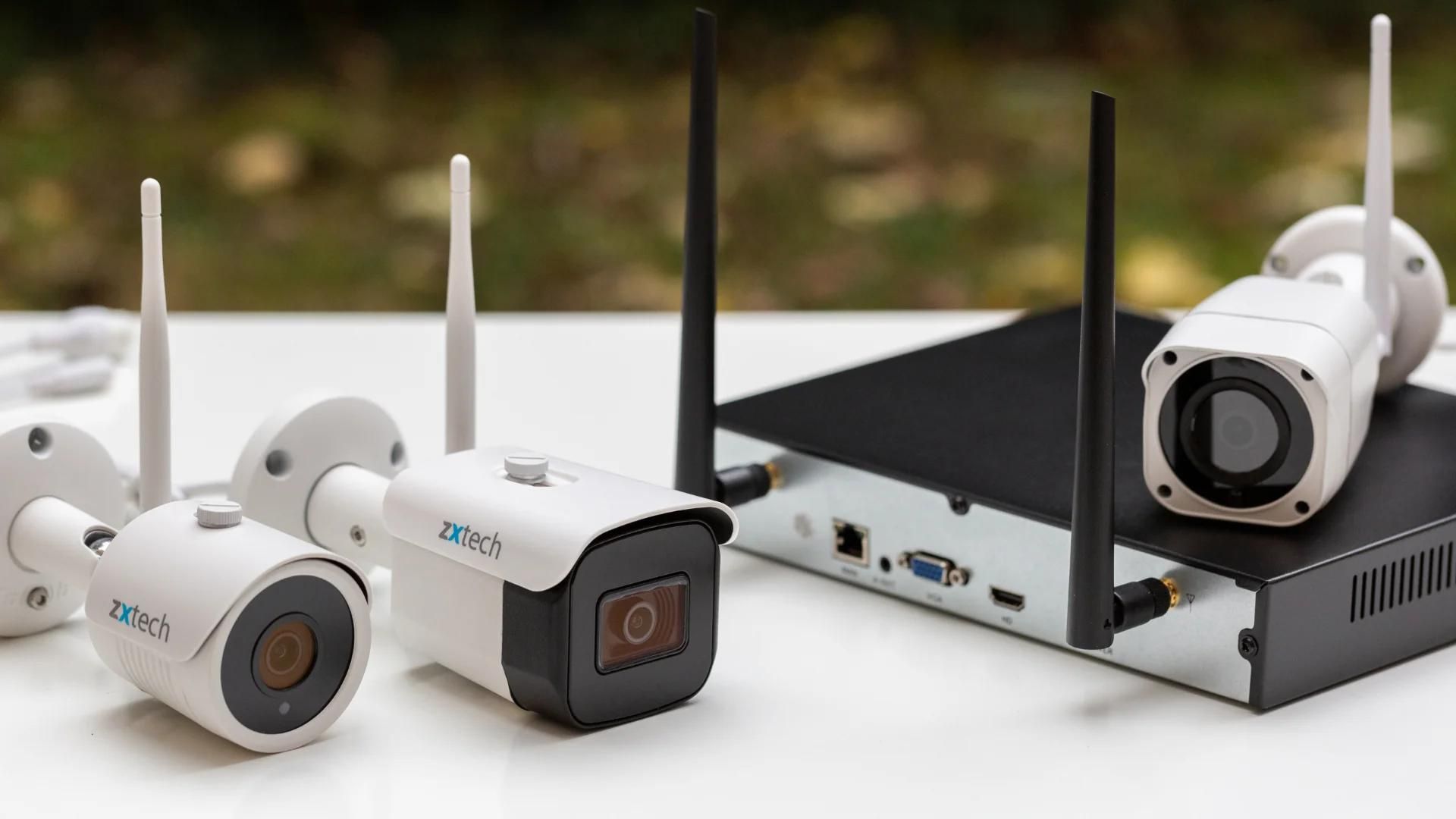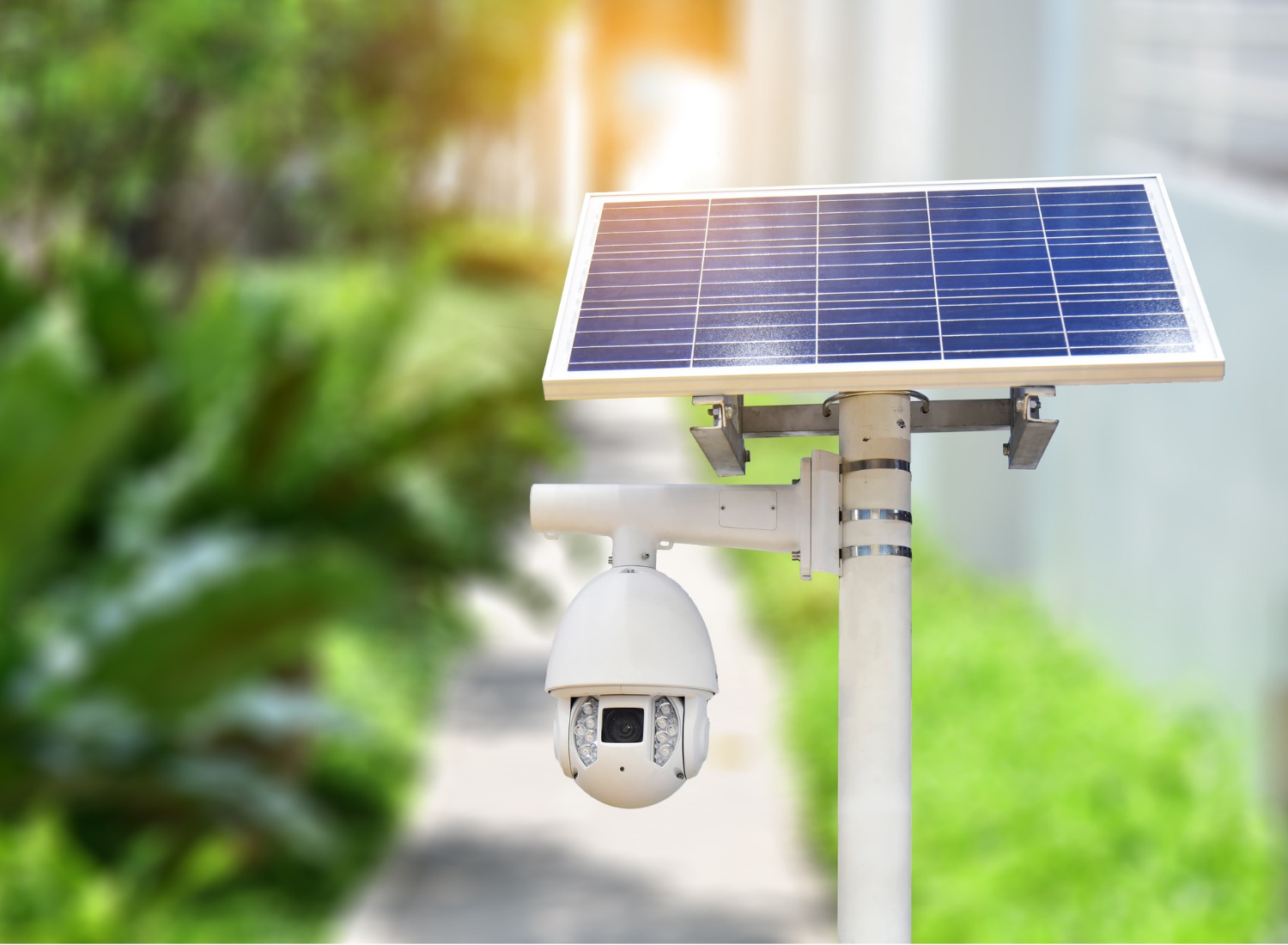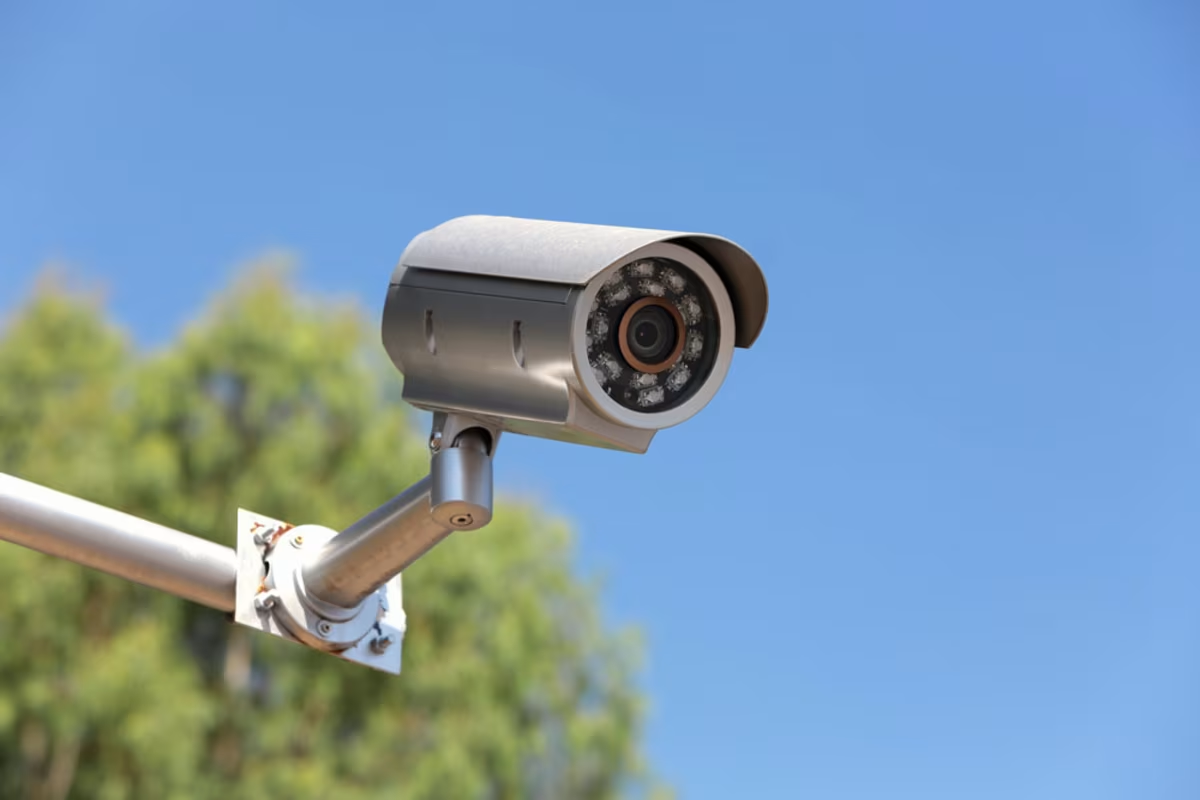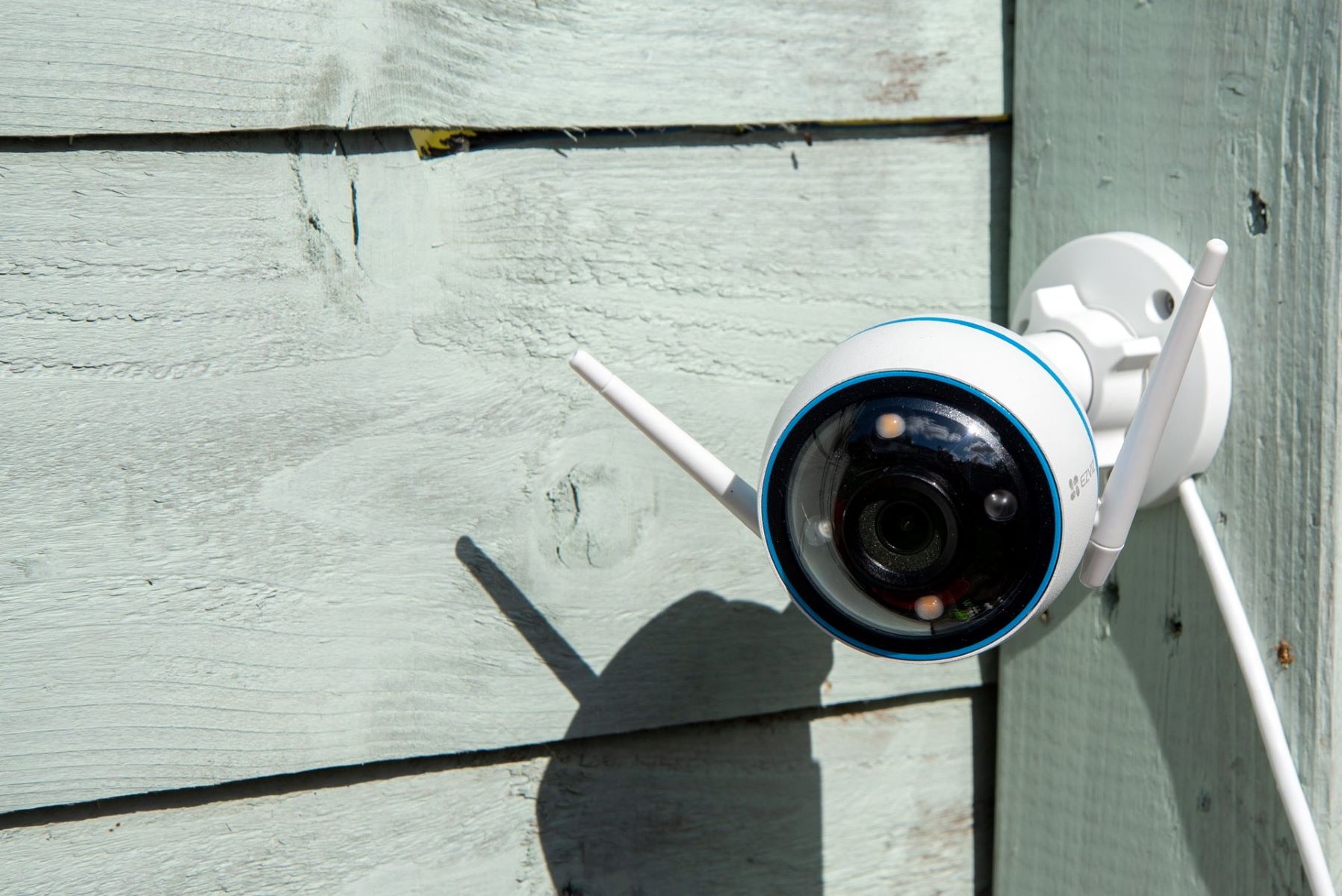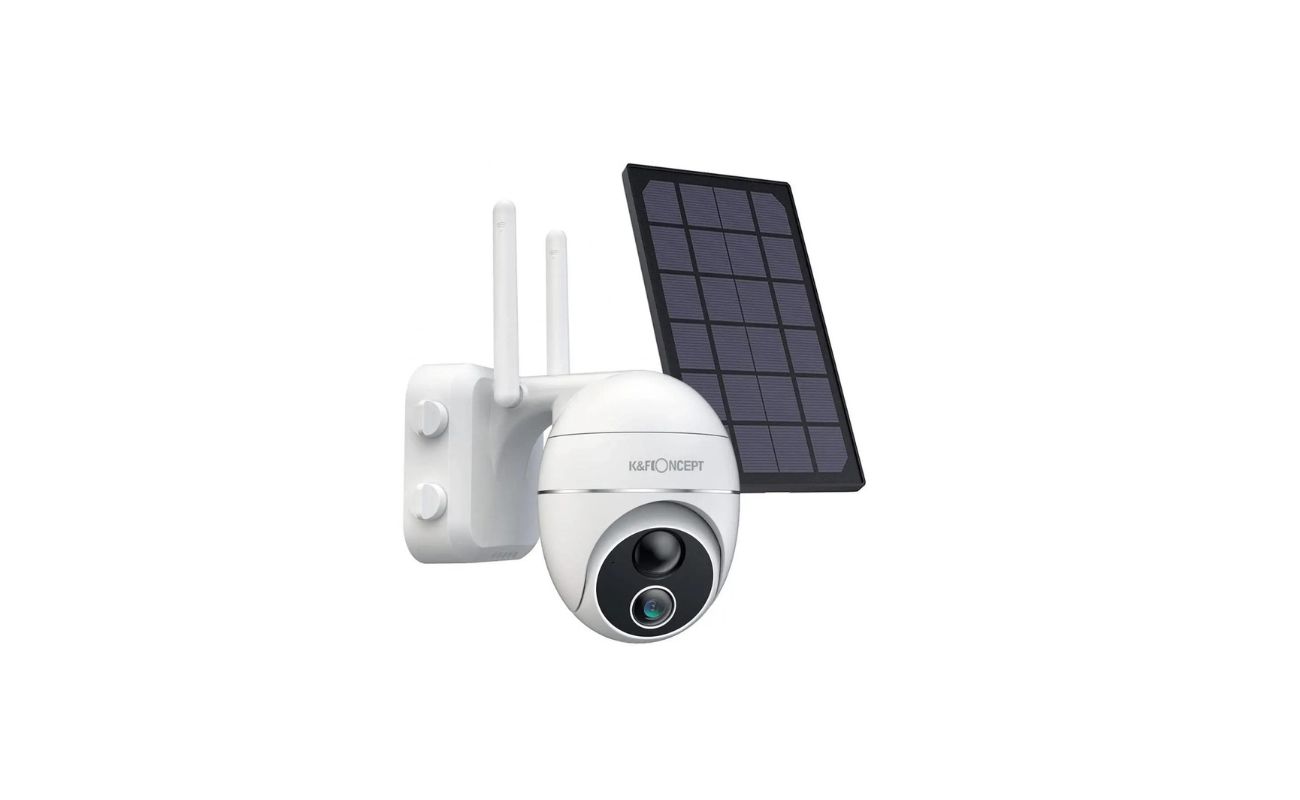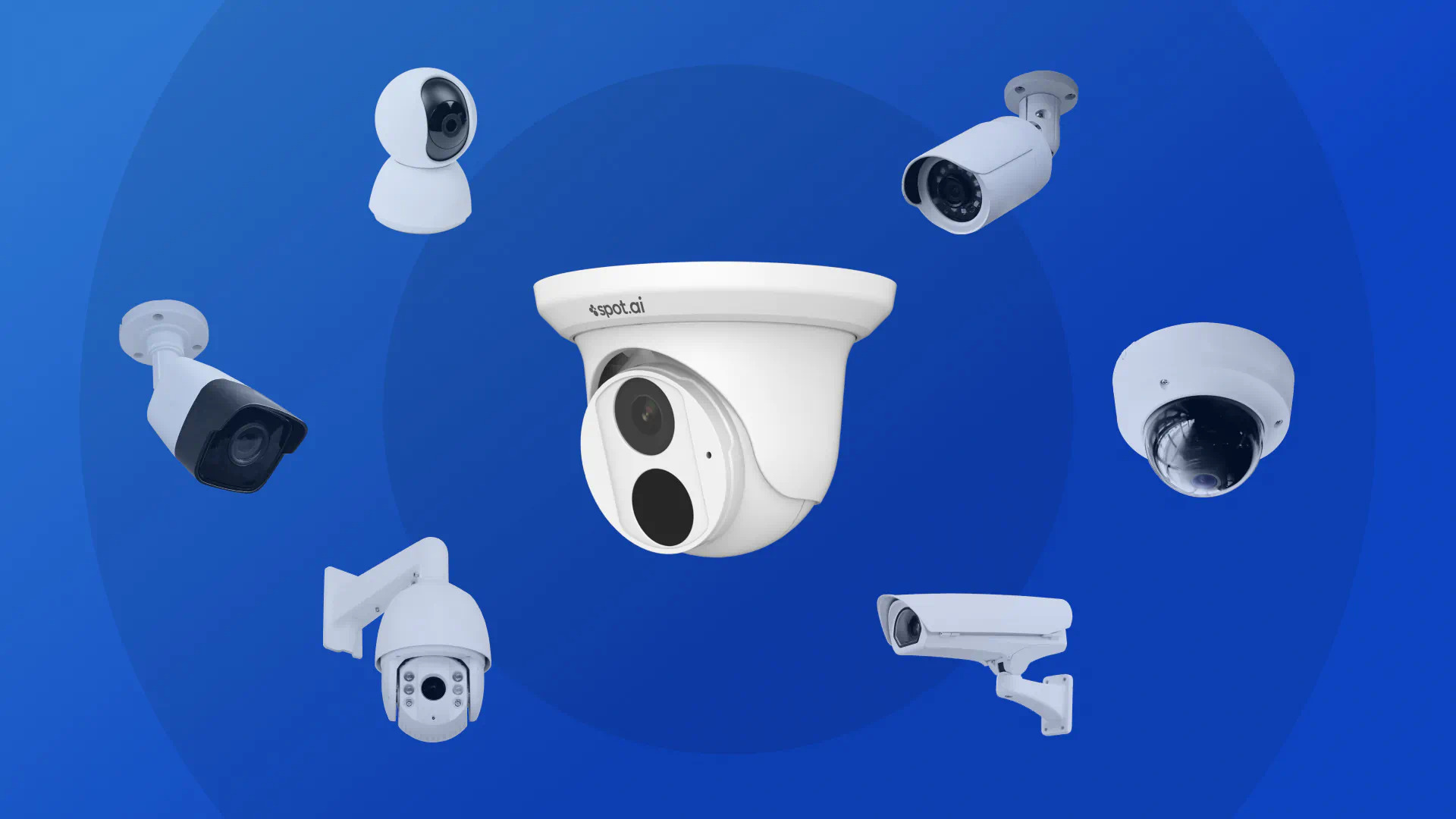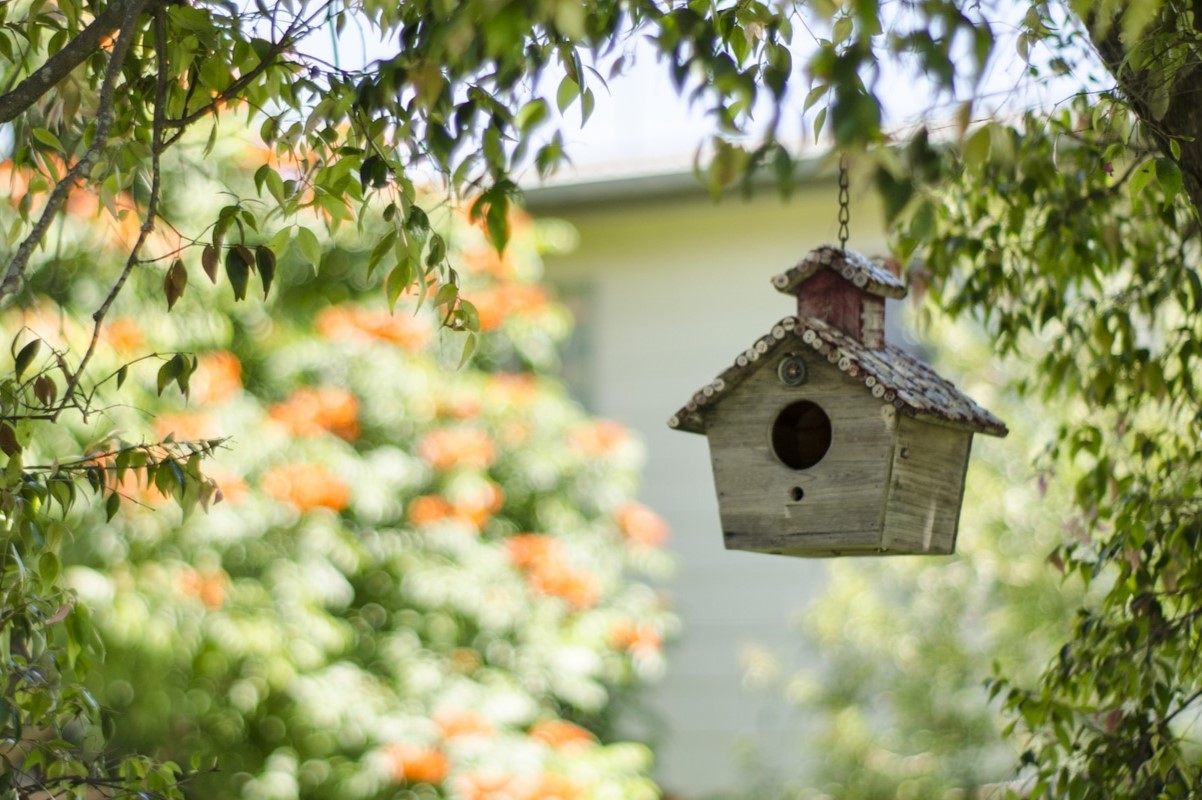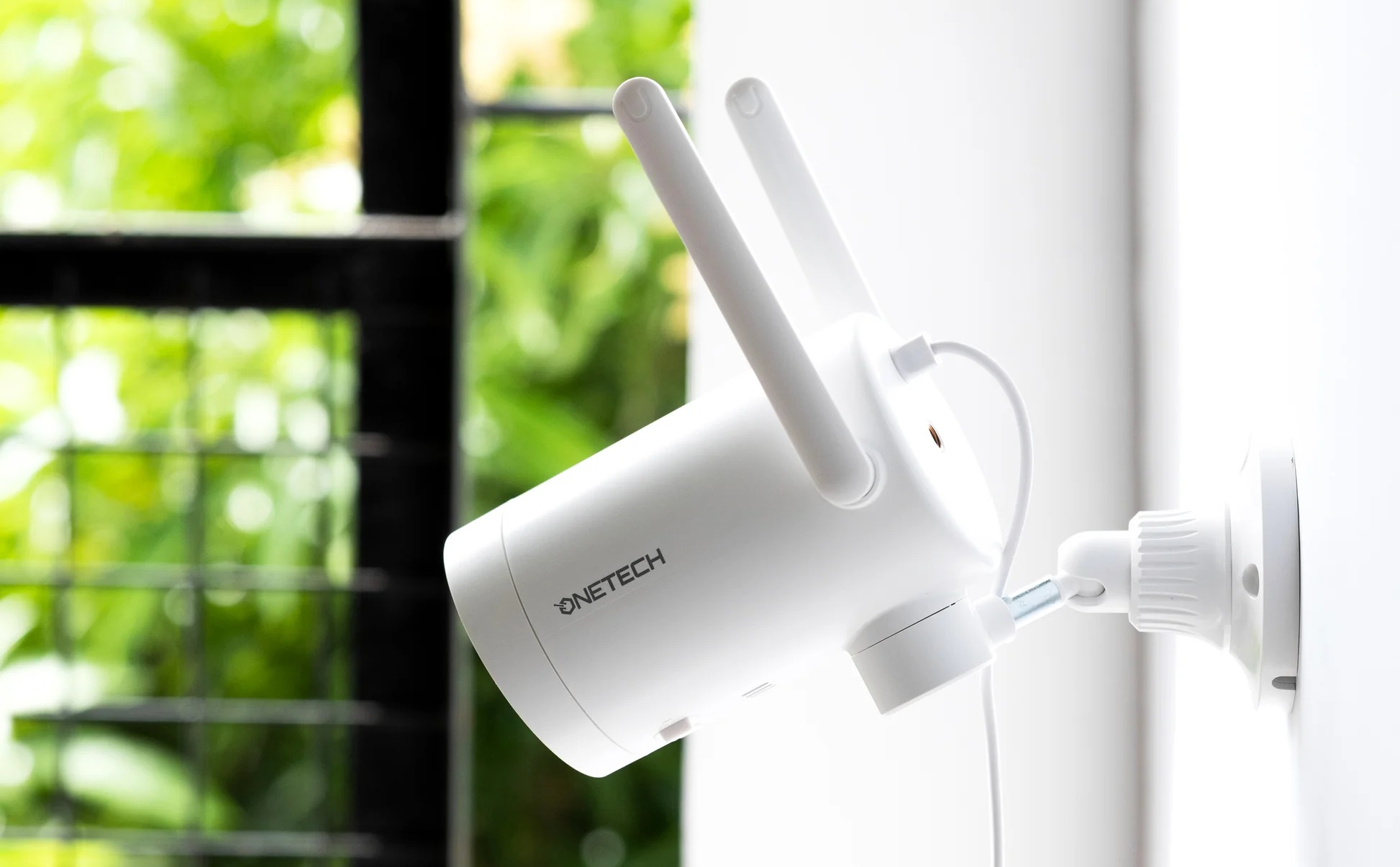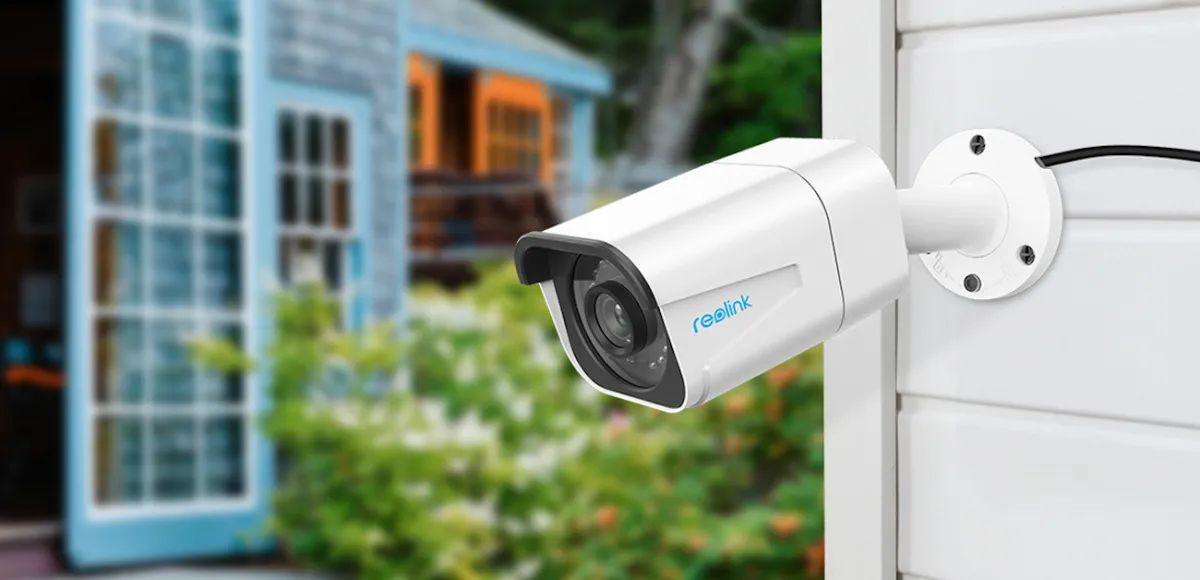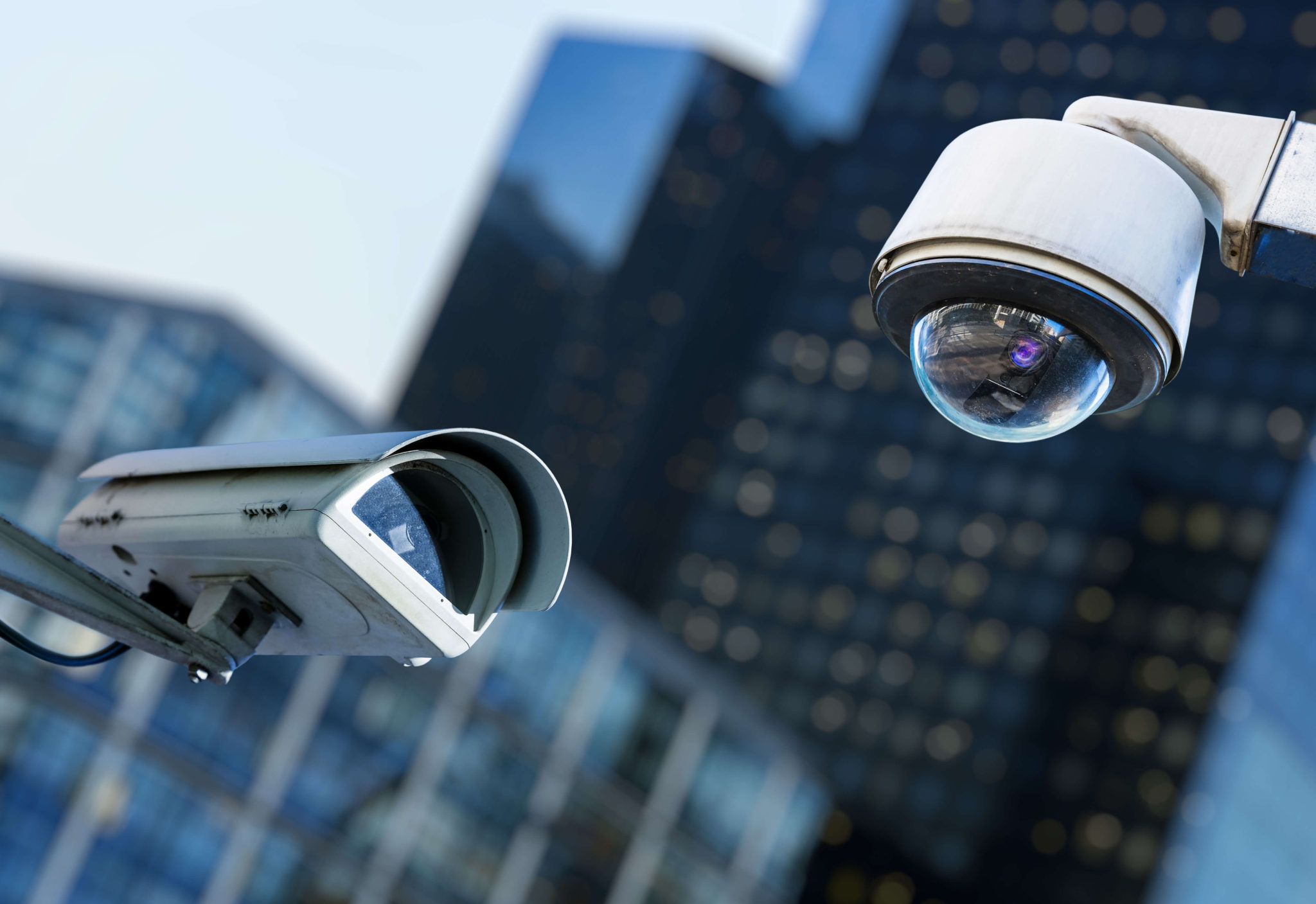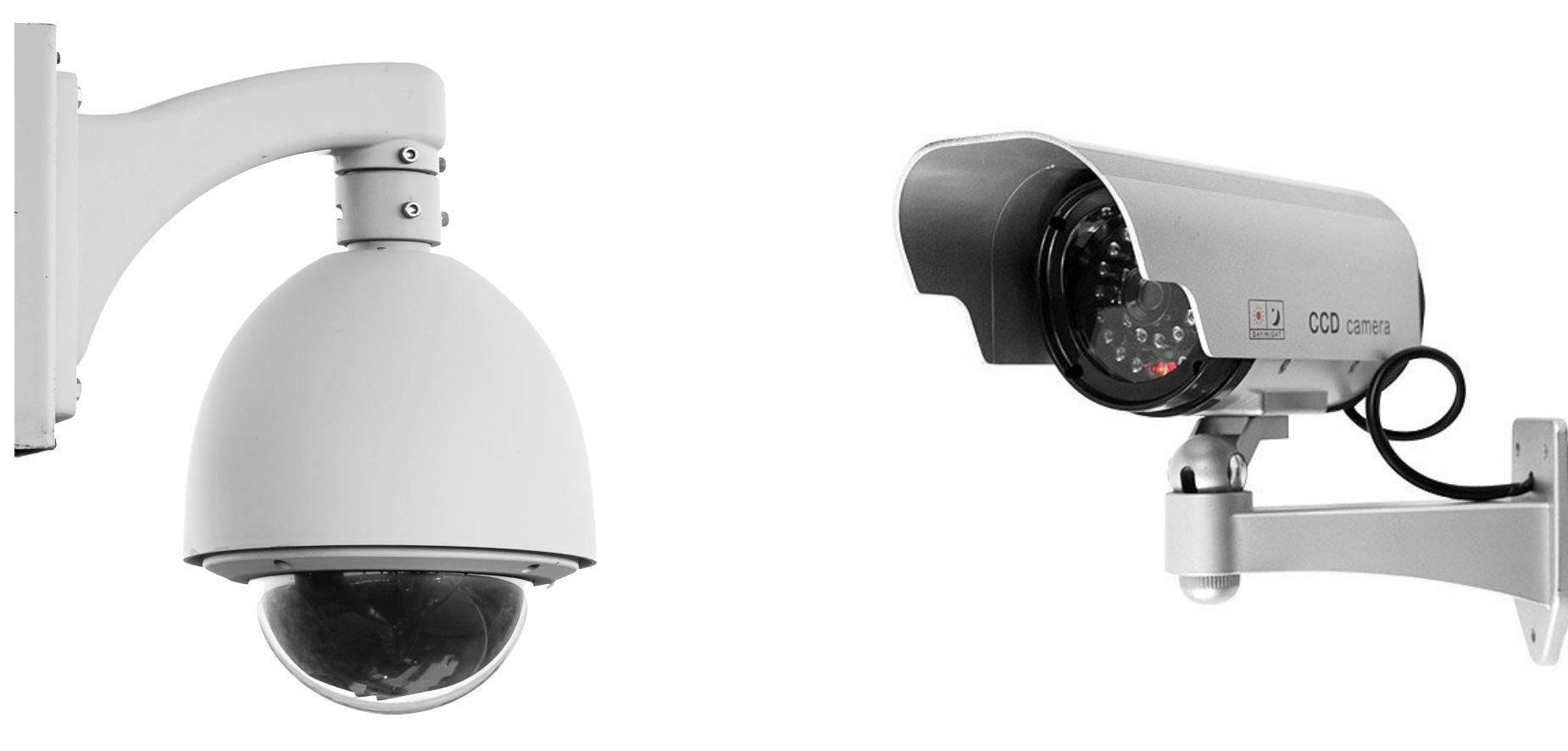Home>Home Security and Surveillance>How To Get The Security Camera Footage
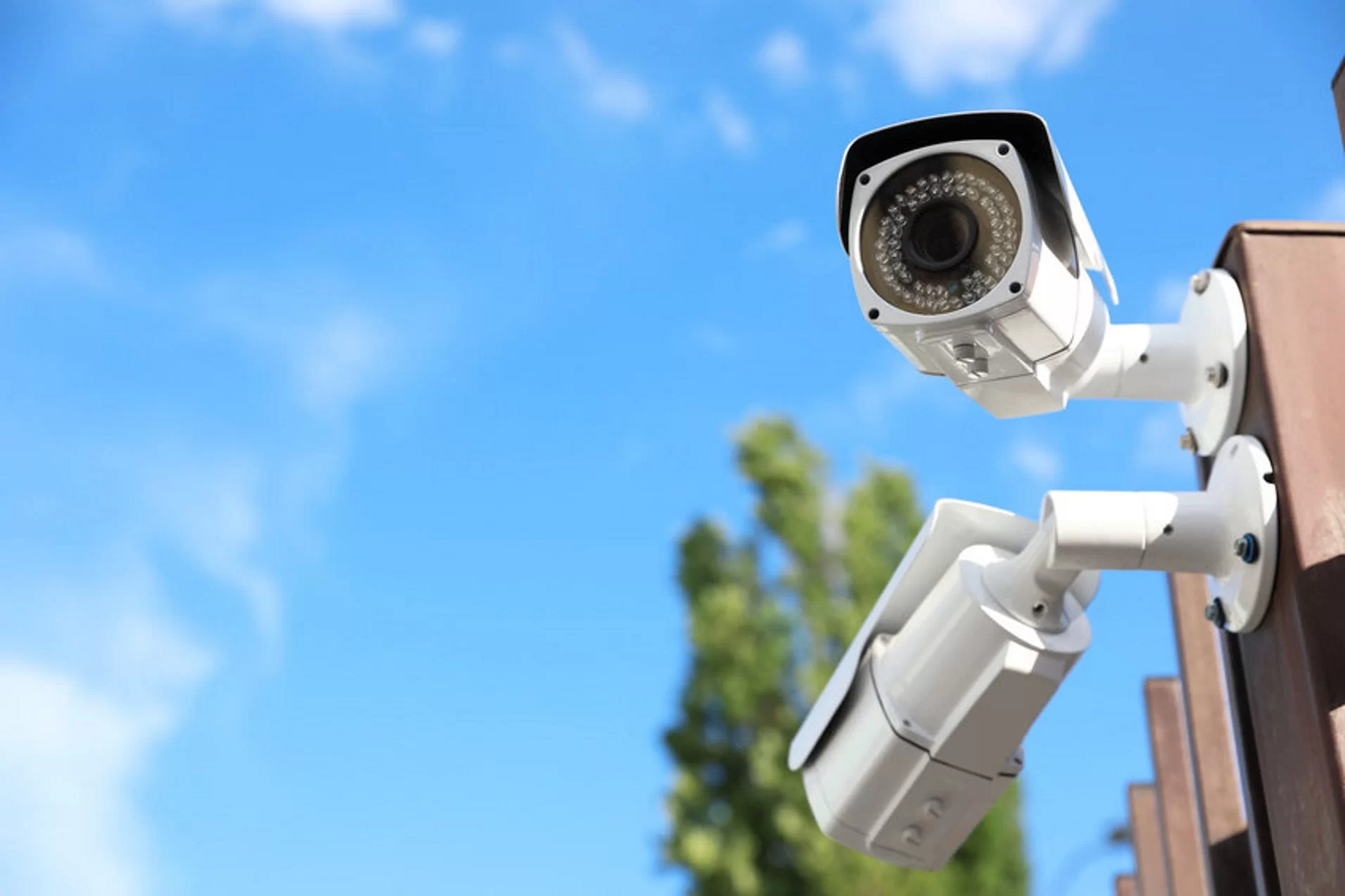

Home Security and Surveillance
How To Get The Security Camera Footage
Modified: March 6, 2024
Learn the best ways to access and retrieve security camera footage for your home with our comprehensive guide on home security and surveillance.
(Many of the links in this article redirect to a specific reviewed product. Your purchase of these products through affiliate links helps to generate commission for Storables.com, at no extra cost. Learn more)
Introduction
When it comes to home security and surveillance, having access to camera footage can provide valuable information in case of incidents or suspicious activities. Whether you need to review footage for personal reasons or are assisting law enforcement, obtaining security camera footage is an important step in the investigation process.
In this article, we will guide you through the process of how to get security camera footage. It is crucial to approach this process ethically and legally, respecting the privacy rights of others while ensuring the safety and security of your home or property.
Before we dive into the steps, it’s essential to note that the availability and accessibility of security camera footage may vary depending on the specific circumstances and the type of surveillance system in place. Additionally, legal requirements and permission may be necessary in certain situations.
Now, let’s explore the steps you can take to obtain security camera footage in a responsible and efficient manner.
Key Takeaways:
- Obtain security camera footage ethically and legally by identifying camera locations, understanding camera systems, and obtaining necessary permissions or legal requirements.
- Contact the appropriate authority, submit a formal request, and follow up diligently to access and review security camera footage responsibly and professionally.
Read more: How To Store Security Camera Footage
Step 1: Determine the Camera Location
The first step in obtaining security camera footage is to determine the exact location of the camera or cameras you are interested in. This knowledge will help you identify the specific surveillance system in place and understand its capabilities.
Start by conducting a thorough assessment of your property or the area where the security camera footage is needed. Look for visible cameras, such as those mounted on walls, ceilings, or poles. Take note of any signs indicating surveillance or security systems.
If you are trying to access footage from someone else’s property, such as a neighbor or a business, be respectful and seek permission before proceeding. It is important to respect the privacy rights of others and follow local laws and regulations.
If the cameras are not immediately visible or if you are unsure of their location, consider reaching out to the property owner or the relevant authorities for assistance. They may be able to provide you with information about the camera placement and help streamline the process of accessing the footage.
Another helpful tip is to check the property for potential blind spots where the cameras may not have a clear view. Identifying these blind spots can be useful when reviewing footage and determining if there are any gaps in surveillance coverage.
By accurately identifying the camera location, you will be better prepared to move on to the next steps and successfully obtain the security camera footage you need.
Step 2: Identify the Camera System
Once you have determined the location of the security cameras, it is important to identify the type of surveillance system in place. Understanding the camera system will help you navigate the process of obtaining the footage more effectively.
Start by visually inspecting the cameras and looking for any identifiable marks or logos. Pay attention to the make and model of the cameras, as well as any indications of the manufacturer or security company responsible for the system.
If the cameras are connected to a visible control unit or monitor, examine it to gather more information. Look for labels, serial numbers, or any system-specific information displayed.
If the surveillance system is not immediately identifiable, consider conducting research online. Search for the make and model of the cameras or any unique features you observed. Manufacturer websites, online forums, and tech support resources may provide valuable information about the specific camera system.
In some cases, you may be able to find user manuals or documentation for the camera system online. These resources often outline the technical specifications and functionality of the cameras, giving you a better understanding of how to access and retrieve the footage.
If you are unable to identify the camera system on your own, consider seeking professional assistance. Local security companies, IT experts, or surveillance system installers may be able to help you identify the camera system or provide guidance on how to proceed.
Successfully identifying the camera system will empower you to take the necessary steps to obtain the security camera footage effectively and efficiently.
Step 3: Obtain Permission or Legal Requirements
Before proceeding with requesting or accessing security camera footage, it is crucial to ensure that you have the necessary permission or comply with any legal requirements. Respecting privacy laws and regulations is essential when dealing with surveillance systems.
If you are trying to obtain footage from your own property or a property you have legal access to, you generally do not need explicit permission. However, it is always a good practice to inform any other individuals who may be recorded by the cameras about their presence.
If you are seeking access to footage from someone else’s property, such as a neighbor or a business, it is crucial to obtain permission. Approach the property owner or manager and explain your reasons for needing the footage. It is important to respect their privacy rights and comply with any conditions they may have in granting access.
In certain cases, accessing security camera footage may require legal authorization, such as a court order or a subpoena. This is typically applicable in law enforcement investigations or legal proceedings. If you are working with law enforcement or legal professionals, make sure to follow their guidance and comply with any legal requirements.
Additionally, be aware that there may be specific laws and regulations regarding the use of security cameras in your jurisdiction. These can include restrictions on where cameras can be placed, how long footage can be stored, and who can access it. Familiarize yourself with local laws to ensure compliance and avoid any legal complications.
By obtaining the necessary permission or complying with legal requirements, you will approach the process of obtaining security camera footage in a responsible and lawful manner.
Step 4: Contact the Appropriate Authority
Once you have determined the camera location, identified the camera system, and ensured that you have the necessary permission or legal requirements in place, it’s time to contact the appropriate authority to request access to the security camera footage.
The specific authority or individual you need to contact may vary depending on the situation and the purpose for accessing the footage. Here are a few scenarios to consider:
- If you are accessing footage from your own property or a property you have legal access to, you may not need to contact anyone else. Simply proceed with accessing and retrieving the footage using the appropriate methods outlined by the camera system manufacturer.
- If you are accessing footage from a neighbor’s property, reach out to the property owner and discuss your request. Explain your reasons for needing the footage and ensure that you have permission to access it. Be receptive to any conditions they may have for granting access and work together to find a mutually agreeable solution.
- If you are working with law enforcement, contact the local police department or the investigating officer assigned to the case. Provide them with the necessary information about the camera location, the surveillance system, and the purpose for accessing the footage. Follow their guidance and provide any legal documentation required for the request.
- If you are dealing with a business or commercial property, contact the appropriate individual or department responsible for security. This could be the security manager, the property manager, or the business owner. Explain your request and work with them to coordinate the retrieval of the footage.
When contacting the authority, be prepared to provide specific details about the location of the camera, the time and date range for the footage you need, and the reason for your request. Clear communication and cooperation will help expedite the process and increase the likelihood of obtaining the required footage.
Remember, it’s important to respect any privacy concerns, legal requirements, and the protocols set by the authority you are contacting. By reaching out to the appropriate authority, you can ensure that the process of accessing security camera footage is handled properly and professionally.
Read more: How To Delete Footage From A Security Camera
Step 5: Submit a Formal Request
Once you have contacted the appropriate authority and established the necessary communication, the next step is to submit a formal request for accessing the security camera footage. This formal request helps ensure transparency, accountability, and a proper record of the process.
The specific requirements for a formal request may vary depending on the situation and the authority you are dealing with. However, here are some general guidelines to follow when preparing your request:
- Write a clear and concise letter or email addressed to the authority or individual responsible for granting access to the footage. Include your contact information and any reference numbers or case details, if applicable.
- Clearly state the purpose for your request and provide a brief explanation of why the footage is needed. Be specific about the incident or event you are investigating or the information you are trying to gather.
- Include the relevant details about the camera system, such as the make and model of the cameras, the location of the cameras, and the time and date range for the footage you are requesting.
- If there are any legal requirements or documentation needed for your request, mention them and provide copies or references as necessary. This could include court orders, subpoenas, or any other legal documents.
- Express your willingness to collaborate, follow any guidelines or privacy concerns, and establish a timeline for when you expect a response or the availability of the requested footage.
- Sign and date the request letter or email, and keep a copy for your records.
Be sure to adhere to any specific guidelines or requirements provided by the authority you are contacting. Follow their preferred method of submitting the request, whether it’s through email, mail, or an online portal.
Submitting a formal request demonstrates your professionalism, seriousness, and adherence to the necessary protocols. It helps establish a clear line of communication and enhances the chances of receiving a timely response and access to the security camera footage.
If you need to get security camera footage, start by contacting the owner or manager of the property where the cameras are located. They can help you access the footage or provide guidance on the proper procedure for obtaining it.
Step 6: Provide Necessary Information
After submitting your formal request for accessing the security camera footage, it is important to provide any additional necessary information as requested by the authority or individual handling your request. This information helps streamline the process and ensures that you receive the relevant footage efficiently.
The specific information required may vary depending on the situation and the purpose for accessing the footage. However, here are some common types of information you may be asked to provide:
- Specific Date and Time: Identify the exact date and time range for the footage you need. This helps narrow down the search and ensures that you obtain the relevant recordings.
- Camera Location Details: Provide precise information about the location of the camera(s) you are interested in. Include details such as the room, area, or angle covered by the camera to ensure that the correct footage is retrieved.
- Incident Description: Provide a detailed description of the incident or event for which you are requesting the footage. This helps the authority or individual understand the context and relevance of the requested footage.
- Individuals Involved: If there are specific individuals involved in the incident or event, provide their names, descriptions, or any other relevant identifying information. This helps in the identification and retrieval of footage capturing those individuals.
- Additional Details or Preferences: If you have any additional requirements or preferences, such as specific camera angles, alternate camera views, or specific file formats, communicate those to the authority. However, it is important to note that these requests may be subject to the technical capabilities of the surveillance system.
Make sure to provide accurate and detailed information to ensure a smooth process. Keep in mind that providing excessive or irrelevant information could potentially delay the retrieval of the footage.
Upon receiving a request for additional information, respond promptly and provide the requested details as accurately and thoroughly as possible. This will help expedite the process and increase the likelihood of obtaining the necessary security camera footage in a timely manner.
Step 7: Follow up on your Request
Once you have submitted your formal request and provided all the necessary information, it’s important to follow up to ensure that your request is being processed and to stay informed about the progress of accessing the security camera footage.
Here are some steps to consider when following up on your request:
- Keep a Record: Maintain a record of the date and method of your initial request, as well as any interactions or communications with the authority or individual handling your request. This documentation will help you stay organized and can be useful if any issues arise.
- Wait for a Response: Give the receiving party ample time to review and respond to your request. The timeframe for a response can vary depending on the complexity of the request and the workload of the authority. Be patient but also proactive in reaching out if you haven’t received a response within a reasonable timeframe.
- Contact the Authority: If a considerable amount of time has passed without any communication regarding your request, politely reach out to the authority or individual again. Inquire about the status of your request and express your ongoing interest in obtaining the security camera footage.
- Remain Professional: Maintain a professional and respectful demeanor during your follow-up communications. It’s important to foster a cooperative and positive relationship with the authority or individual handling your request. This will help ensure a smoother process and may increase the likelihood of obtaining the requested footage.
- Document Any Progress: Keep a record of any follow-up conversations or updates received from the authority. Note down any additional requirements, adjustments to the timeframe, or any other relevant information provided. This record will help you stay informed and keep track of the progress made.
- Seek Alternate Solutions, if Necessary: In the event that your initial request is not making progress or facing challenges, consider exploring alternative options. This could involve seeking advice from legal professionals, contacting higher-level authorities if applicable, or researching any alternative means to obtain the required footage.
By proactively following up on your request, you can ensure that it remains on the radar of the authority or individual responsible for granting you access to the security camera footage. This active communication can help expedite the process and increase the likelihood of a successful outcome.
Step 8: Review the Footage
After successfully obtaining the security camera footage, it’s time to review and analyze the recordings. This step is crucial in gathering the necessary information or evidence related to the incident or event you’re investigating.
Here are some guidelines to follow when reviewing the footage:
- Create a Quiet and Focused Environment: Find a quiet space where you can concentrate on reviewing the footage without distractions. Ensure that the lighting conditions are adequate to clearly see the details captured by the cameras.
- Start from the Beginning: Begin by reviewing the footage from the time and date range you requested. Pay close attention to any specific incidents or events that you are investigating, such as the time frame when a break-in occurred or when suspicious activity was reported.
- Observe Camera Angles and Perspectives: Take note of the camera angles and perspectives captured by each camera. This will help you understand the limitations or blind spots in the surveillance coverage and identify any potential gaps in the footage.
- Watch Slowly and Carefully: Review the footage in slow motion, if available, to catch any subtle details or movements that might have been missed at regular speed. Pay attention to the actions, movements, and interactions of individuals captured by the cameras.
- Take Notes and Timestamps: As you review the footage, take detailed notes of any significant events or observations. Timestamp important moments to easily reference them later when discussing or presenting the information.
- Collaborate with Experts, if Necessary: If you have limited knowledge or experience in analyzing surveillance footage, consider consulting with experts or professionals who can provide insights or assist in interpreting the footage correctly.
- Backup and Secure the Footage: Once you have reviewed the footage and extracted any necessary information, make sure to back up the recordings to a secure location. This ensures that the footage is preserved and can be easily accessed if needed in the future.
Reviewing the security camera footage diligently and paying attention to detail will allow you to gather valuable information and evidence relevant to your investigation. It’s important to be thorough and meticulous in your analysis to ensure accurate findings.
Read more: How Long Does Security Camera Footage Last?
Step 9: Export or Copy the Footage
Once you have reviewed the security camera footage and extracted the necessary information, it’s important to export or copy the footage for further analysis or documentation purposes. Properly preserving the footage ensures that it remains accessible and can be used effectively if needed in the future.
Here are some steps to follow when exporting or copying the footage:
- Select the Desired Segments: Identify the specific segments of the footage that contain relevant information or evidence. These segments may correspond to specific incidents, suspicious activities, or any other key moments you need to retain.
- Choose the Export Format: Determine the appropriate format for exporting or copying the selected footage segments. Most surveillance systems offer various export options such as AVI, MP4, or DVD. Consider the compatibility of the format with the intended use or analysis of the footage.
- Set the Export Parameters: Specify the resolution, quality, and other parameters for the exported footage. Ensure that the settings maintain sufficient clarity and detail for accurate analysis or presentation purposes.
- Organize and Label the Files: Create a systematic and consistent naming convention for the exported footage files. Add timestamps or relevant information to the filename to make it easier to identify and locate specific segments when needed.
- Backup the Exported Files: Once the export process is complete, make multiple backups of the exported footage. Store the copies in secure locations, such as external hard drives, cloud storage platforms, or offline storage devices. This ensures redundancy and protects against loss or damage.
- Document the Exported Footage: Create a detailed record or log of the exported footage, including the date, time range, and description of the segments exported. This documentation helps in organizing and referencing the footage in the future.
- Secure Access to the Exported Footage: Limit access to the exported footage to authorized individuals who have a legitimate need to review or use the footage. Maintain proper security measures to prevent unauthorized access or tampering.
By following these steps, you will ensure that the relevant portions of the security camera footage are properly exported or copied for future reference, analysis, or legal proceedings. Taking the time to organize and preserve the footage is crucial in maintaining its integrity and usefulness.
Conclusion
Obtaining security camera footage can be a valuable asset in various situations, whether you’re investigating an incident, protecting your property, or assisting law enforcement. However, it’s important to approach the process ethically, legally, and with respect for privacy rights.
In this article, we have discussed the step-by-step process of how to get security camera footage. We began by determining the camera location and identifying the camera system in place. We emphasized the significance of obtaining permission or complying with any legal requirements before proceeding.
We then highlighted the importance of contacting the appropriate authority and submitting a formal request for accessing the footage. Providing necessary information, following up on the request, and reviewing the footage with diligence were among the critical steps covered.
Finally, we stressed the imperative of exporting or copying the footage, preserving it securely, and documenting the process for future reference.
By following these steps and demonstrating professionalism and collaboration, you can effectively obtain the security camera footage you need while respecting privacy rights and adhering to legal requirements.
Remember, at all times, it is essential to engage in responsible and lawful actions when dealing with security camera footage. Respect the privacy of others, follow proper protocols, and seek legal advice when necessary.
Utilize the obtained footage responsibly, ensuring its accuracy and maintaining its integrity. By doing so, you can maximize the benefits of security camera systems in enhancing safety and security.
Stay informed about local laws and regulations regarding surveillance systems to ensure compliance and safeguard the rights of all individuals involved.
Through a careful and systematic approach, you can leverage security camera footage to enhance home security, aid in investigations, and promote a safer environment for everyone.
Frequently Asked Questions about How To Get The Security Camera Footage
Was this page helpful?
At Storables.com, we guarantee accurate and reliable information. Our content, validated by Expert Board Contributors, is crafted following stringent Editorial Policies. We're committed to providing you with well-researched, expert-backed insights for all your informational needs.
